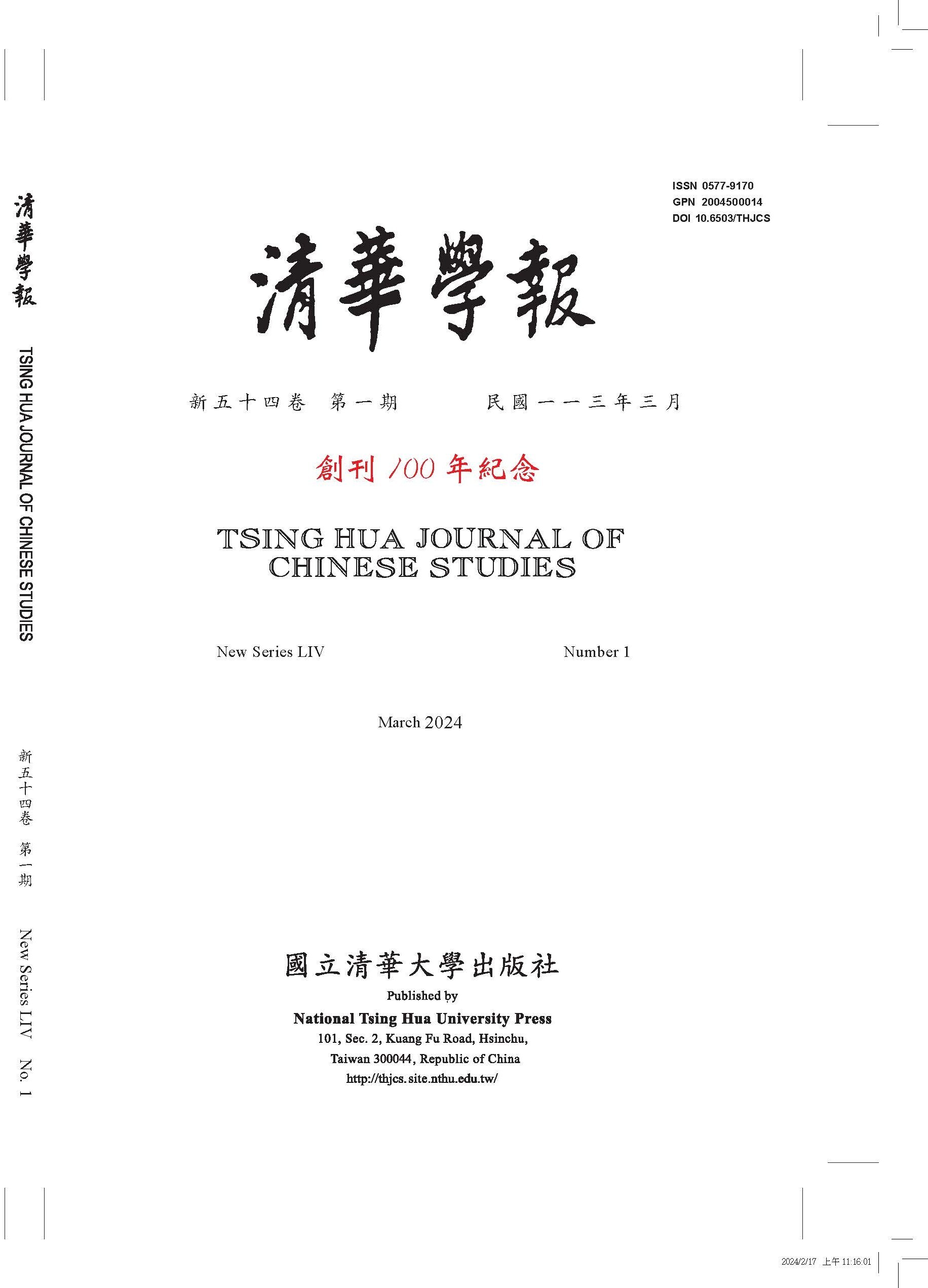A Thousand Miles Between the Green Duck and the Red Falcon: The Cultural Interaction and Competition Between the Envoys of Annam and Chosŏn in the Ming-Qing Period
Vol. 52 No. 3 9/2022
|
Title |
A Thousand Miles Between the Green Duck and the Red Falcon: The Cultural Interaction and Competition Between the Envoys of Annam and Chosŏn in the Ming-Qing Period |
|
Author |
Law Lok-yin |
|
Genre |
Article |
|
Pages |
551-590 |
|
DOI |
10.6503/THJCS.202209_52(3).0004 |
|
Download |
|
|
Language |
Chinese |
|
Key words |
Annam envoys, Chosŏn envoys, cultural competition, Tây Sơn dynasty, Nguyễn Đề |
|
Abstract |
Cultural competition in East Asia can be identified in examples from Annam’s mission to China during the Ming-Qing period. Sinitic literature, tributary rituals, and status in the East Asian world order were the critical components that different East Asian tributary representatives used to compare their nation’s cultural standards with those of other states in China. In addition to various records of envoy interactions during the Ming-Qing period, this article will pay attention to Nguyễn Đề’s (1761- 1805) poetry collection (Hoa trình tiêu khiển tập [Collections of Nguyễn Đề’s trip to China]) from 1795. Nguyễn Đề was a critical envoy of the Tây Sơn dynasty, and his poems reveal the competition between Annam and Chosŏn diplomats. While Nguyễn Đề affirmed the cultural status of the Tây Sơn dynasty through such cultural interaction, Chosŏn envoys responded to the Annam emissaries with passive ritual consideration. This article explores how consciousness of cultural competition and local cultural background acted as significant factors in shaping the formats used in the envoys’ poems and writings. The examples of different types of interaction between Annam and Chosŏn, as well as Nguyễn Đề’s poetry collection from 1795, reveal new perspectives for exploring how cultural competition was the critical factor in reshaping the discourse surrounding the Annam-Chosŏn relationship in East Asia. It was also the key indicator used to represent the tributary state itself. |

